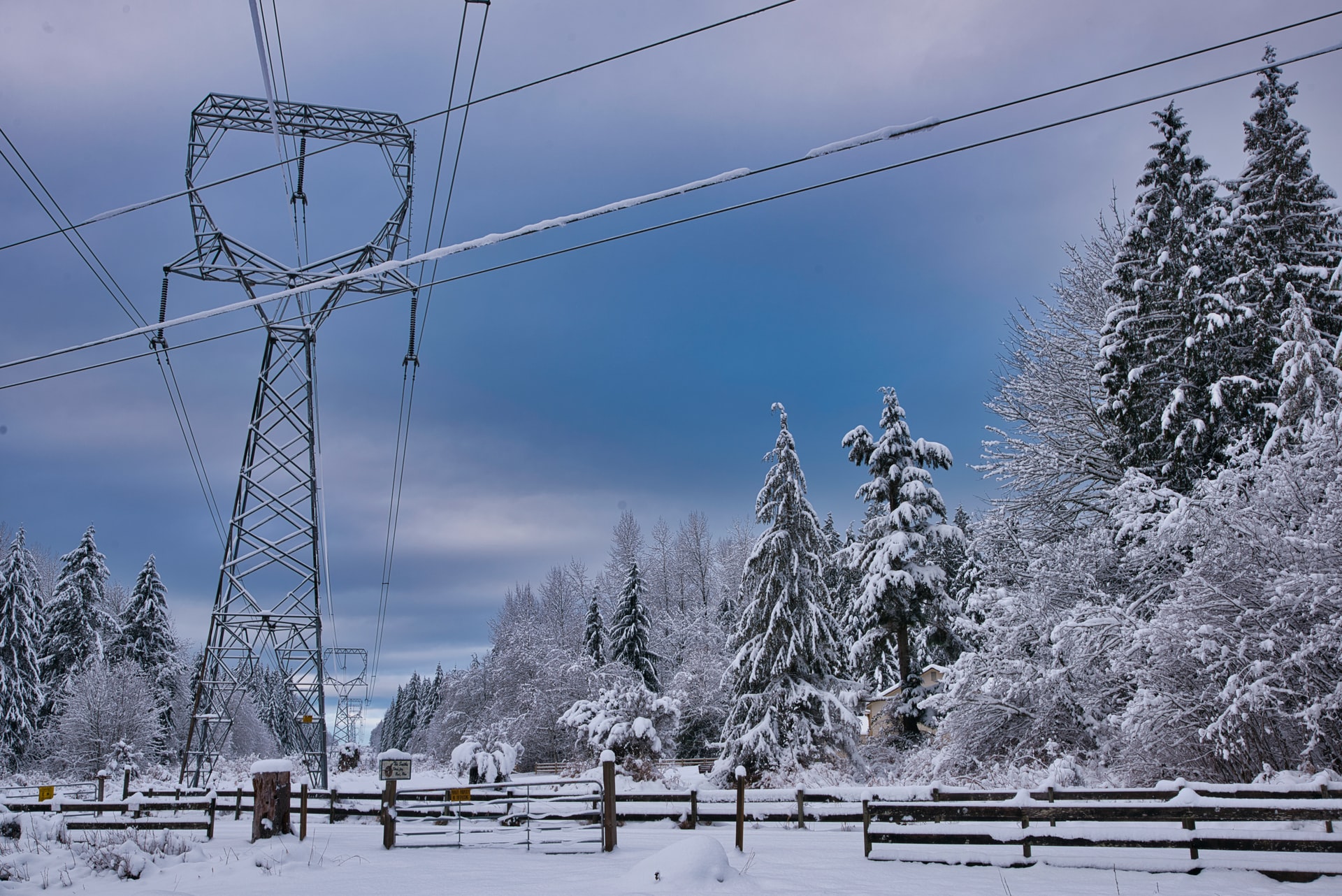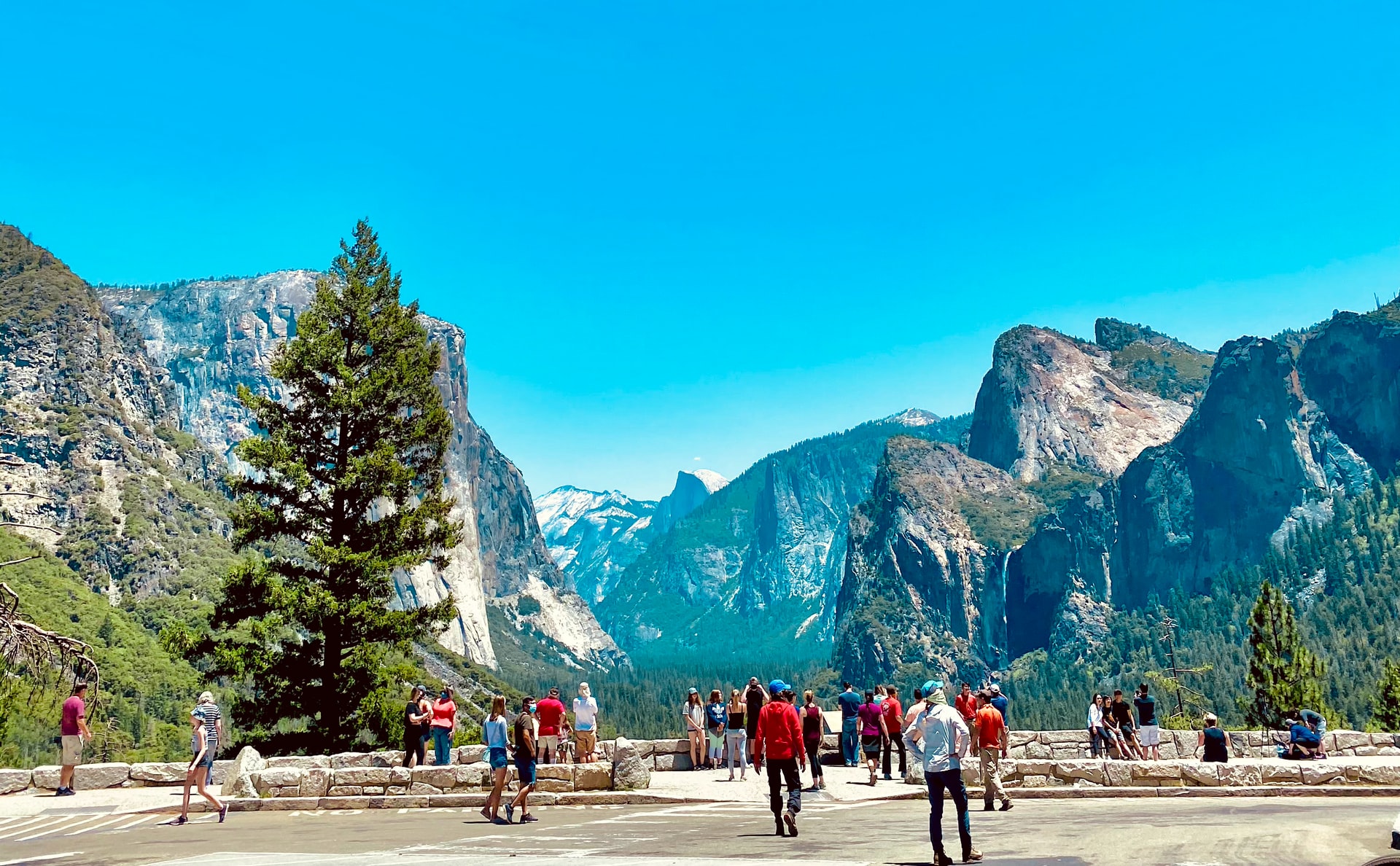
Climate Change and Its Impact on Our Weather

While global warming used to be the so-called phrase of day, climate change tends to be a little more accurate. Yes, it’s true, we’ve had some pretty hot days here in California. Then, with the rash of fires we had in 2020, the term “warming” isn’t too far-fetched. In fact, a Stanford study found the number of, “autumn days with extreme fire weather have more than doubled in California since the early 1980s due to climate change“.
However, weather in the rest of the United States, and throughout the world, has been another story. People have been experiencing monumental snow storms, hurricanes one after the other, and freezing temps in places where such weather hasn’t been seen in our lifetime.
So, let’s take a look at climate change and its impact on weather.
Weather vs. Climate
First off, let’s clear up the terms weather and climate. Although people may sometimes use these two words interchangeably, there is a difference. The NSIDC breaks is down in pretty simple terms:
“Weather is the day-to-day state of the atmosphere, and its short-term variation in minutes to weeks.“
“Climate is the weather of a place averaged over a period of time, often 30 years.“
So, while the weather in your area may be different today than it was yesterday or even last year, you may also being experiencing long-term climate change. This is particularly true in areas where odd changes in weather have become more and more frequent over the years. The rare, and unseasonably heavy, snow and low temperatures seen in Greece in February 2021 might have only been a weather oddity (since they haven’t experienced such a storm in over a decade), but it could also be a precursor of what’s to come.
Natural Climate Cycles
There is no doubt the earth goes through natural climate cycles. When we talk climate change in this day and age, though, we are most commonly referring to human-related activities in relation to the changing climate.
The earth will go through its cycles. That is a given. We must makes changes in our activities if we don’t want to accelerate those natural cycles. We also need to change if we don’t want to have a significantly negative impact on the environment in which we live.
As an example, let’s say you have 10 acres of land covered in trees. These trees provide shade. The trees keep the ground and area around them cool. They offer shelter for animals and those in need. Trees also contribute to the environment in many other ways. On this land, there might be a nice stream or bubbling brook. Temperatures in and around this section of land are rather mild. The trees help block the sun’s rays, all the while helping ease the strong winds typically blowing through the area.
Now, let’s say you cut down those trees. Maybe you do so in order to build a house, an office building, or what have you. Do you think your actions of cutting down the trees are going to have no impact on the environment around you? Do you think removing the trees isn’t going to impact the weather and, longer-term, the climate of the area? It most certainly will.
The thing is, this was just one small action. Consider all the actions being done on and to our planet. These types of actions we take as humans, and will likely continue to take unless we opt to behave differently, do affect climate change.
In fact, according to the EPA, “…extreme weather events such as heat waves and large storms are likely to become more frequent or more intense with human-induced climate change.”

How Climate Change Can Impact the Energy Grid
You’re probably well-aware of the catastrophic storm in Texas this past February. As if the storm wasn’t bad enough, the failure of the energy grid added insult to injury. The one thing we did learn from this storm was our energy grids are probably not as prepared for climate change as we may hope.
While some believed, and tried to convince us, wind or renewable energy failures were the major source of the energy problem, Reuters reports the cause of the Texas blackouts goes far beyond wind turbines. In fact, the frigid temperatures caused failures throughout a variety of energy sources, renewable and non-renewable alike.
A key factor, however, was the lack of a connected grid. Texas needed a grid capable of standing up to the taxing conditions brought about by extreme cold and climate change. It’s not just Texas either. The same holds true in areas throughout the world.
So, what’s the solution?
Well, as stated in Bloomberg, “Carbon-Free Power Requires a Green Connected Grid“. If we’re going to keep things running, or get them back up quickly when climate change does a number, a green connected grid is a must.
Will We Soon See Disastrous Weather Predictions Come True?
While most of us have experienced some type of weather anomaly during the course of our lives, the current rate of climate change brings about the question as to whether we will soon see more disastrous weather predictions coming true?
The answer is probably so. According to an article from PBS, many of the crazy climate changes we have been seeing in recent years were actually predicted by climate scientists 10-20 years ago. Climate change has even gone so afr as to have impacted Earth’s natural water cycle.
A few years ago, Weather Underground featured an article predicting a nearly $1 trillion dollar flood in California within the next 40 years. Now I don’t know about you, but that’s not something I want to see. Unfortunately, with all the fires in California last year and the years prior, I wouldn’t put a trillion dollar flood too far out. Growing up, I believed it was going to be an earthquake doing California in. (Knock on wood it won’t). Although, earthquakes could become more of a serious issue with fracking continuing to make its mark.
Climate Change and You
I know the term climate change can be daunting, but there are actions you can take to minimize your environmental impact. Here are just a few:
Take a look at your home’s energy usage. Opt for renewable energy sources whenever possible. Use energy-efficient appliances. Conduct a home energy audit. Consider these biofriendly ways to conserve water and energy. Contact your local energy provider to ask questions, encourage renewable and find out what actions they’re taking to make their grid more sustainable. Drive a hybrid or electric vehicle. Choose walking, biking or riding public transportation whenever possible. Reuse, repurpose and recycle as much as you can. Compost and grow your own. Figure out your carbon footprint and take steps to minimize it.
Now it’s true the world isn’t going to (and can’t necessarily) just drop every non-environmentally-friendly action. We do, however, need to moderate our actions. We also need to make changes in the way we think and function. Try considering the long-term impact of your actions rather than just the short-term need.
For the future of our children and our children’s children, we need to operate as if we plan to be here for a long, long time. Because, even if some want to try and make Mars our “Planet B”, Earth is our home now and we need to do what we can to take care of it starting with minimizing human-induced climate change.



Post a comment